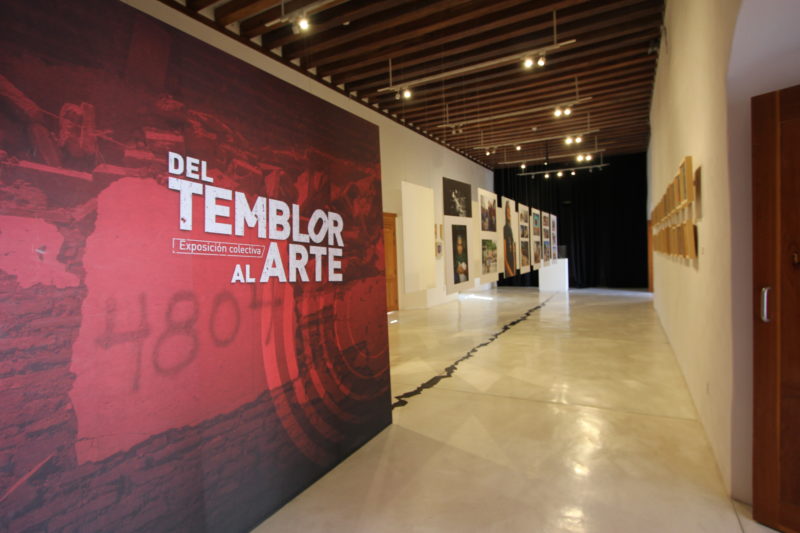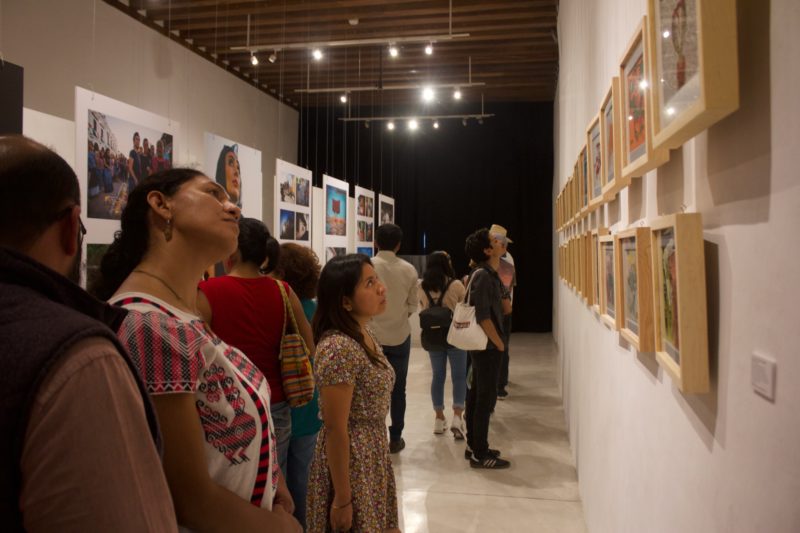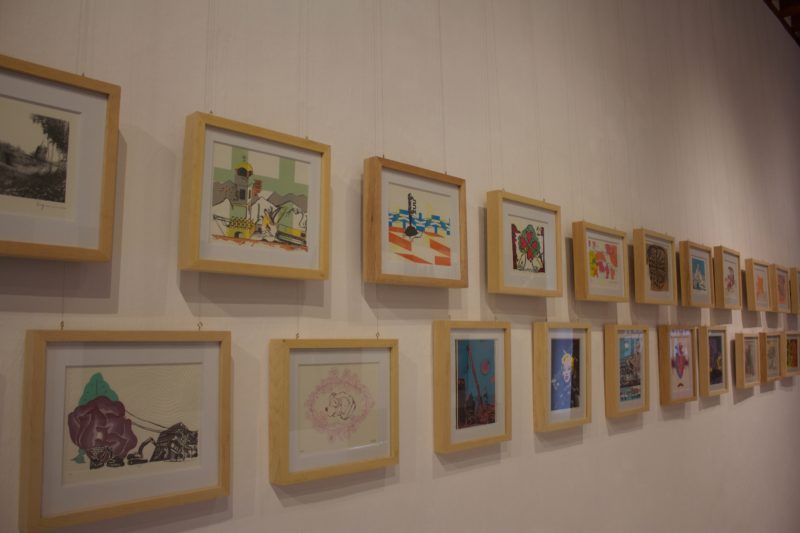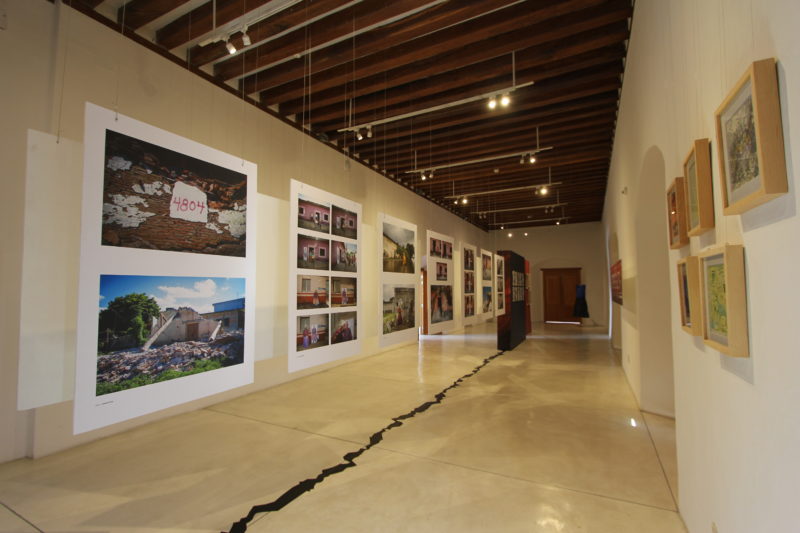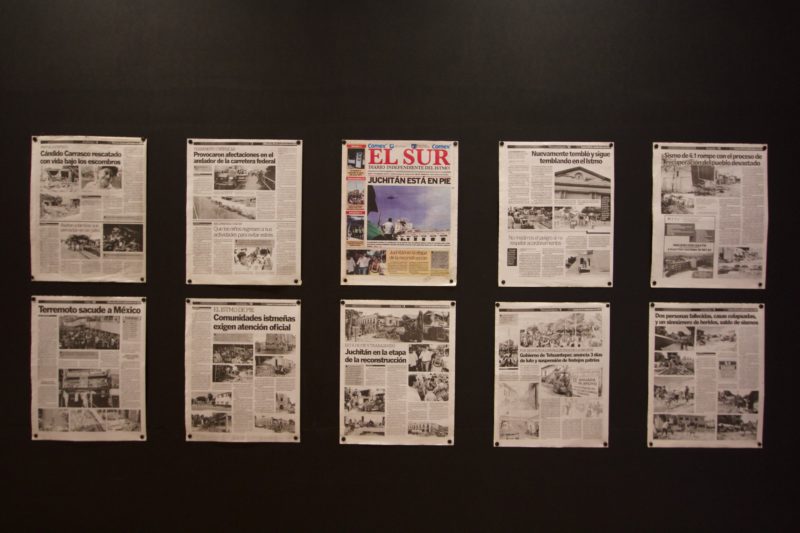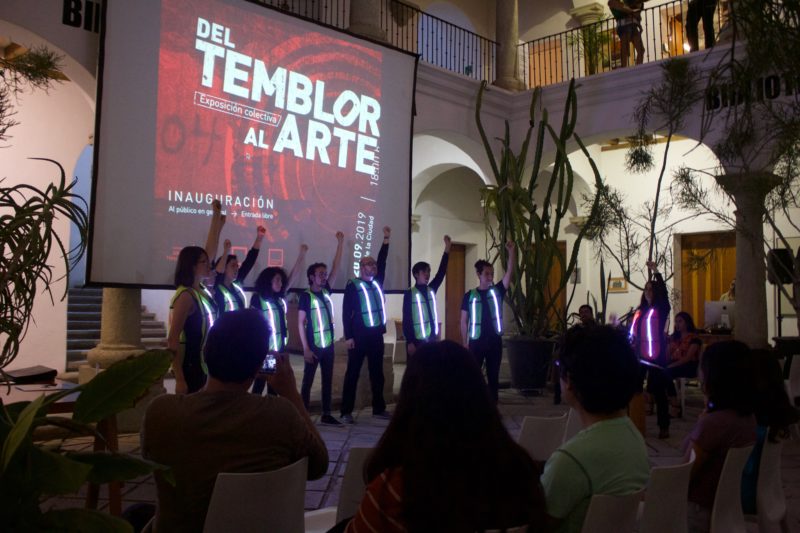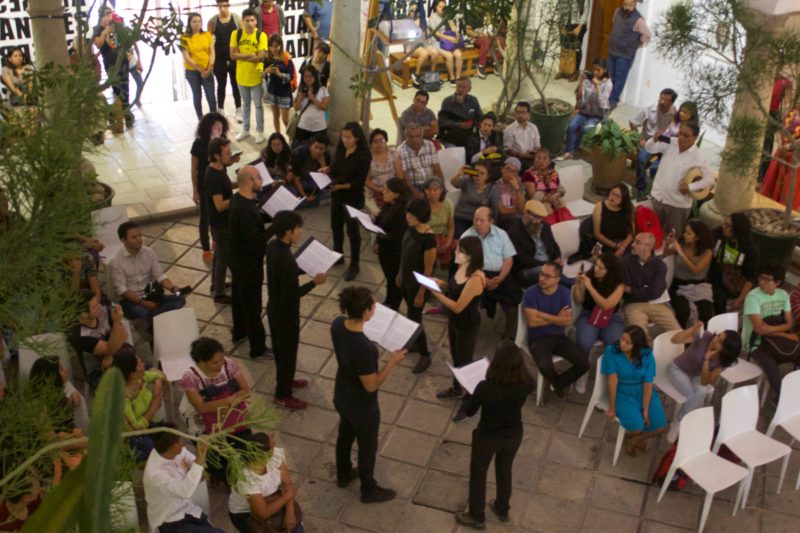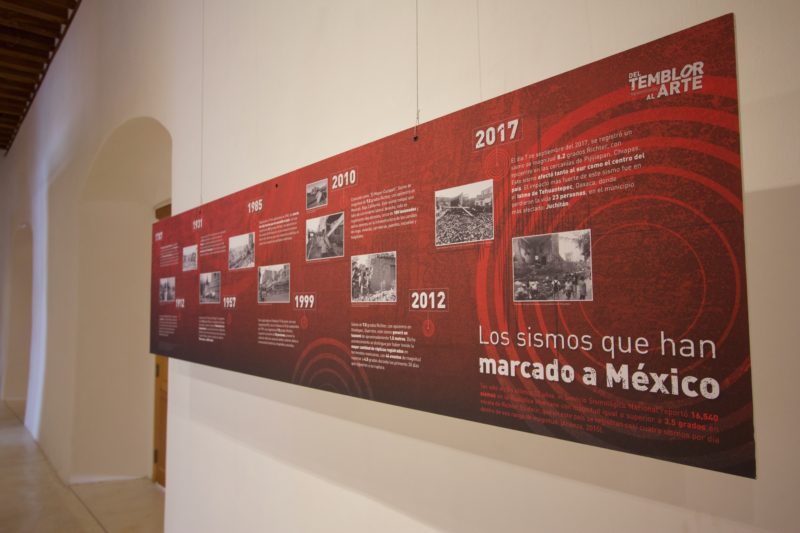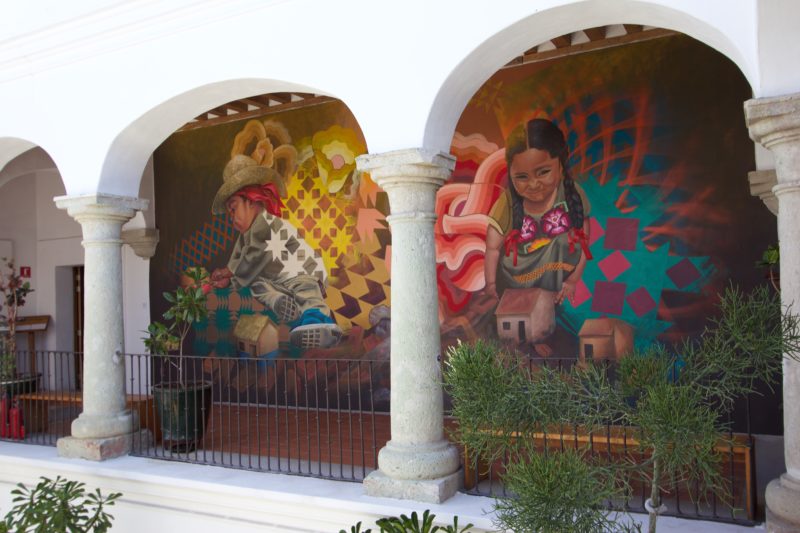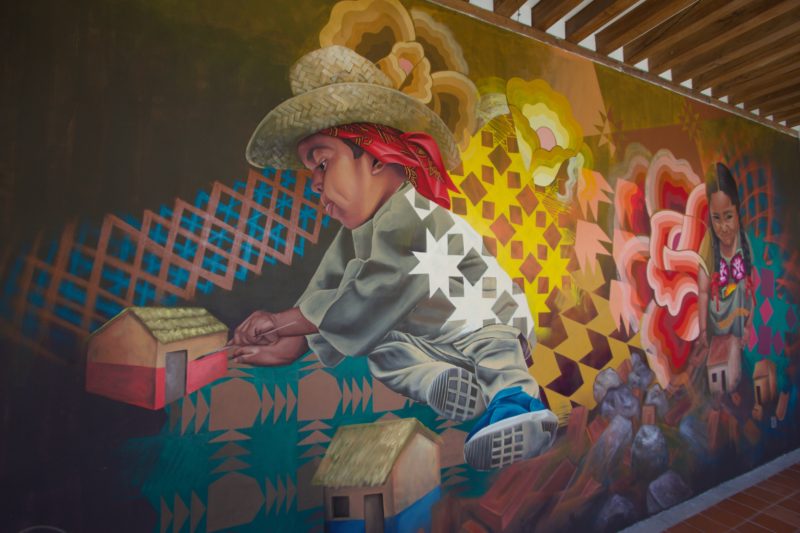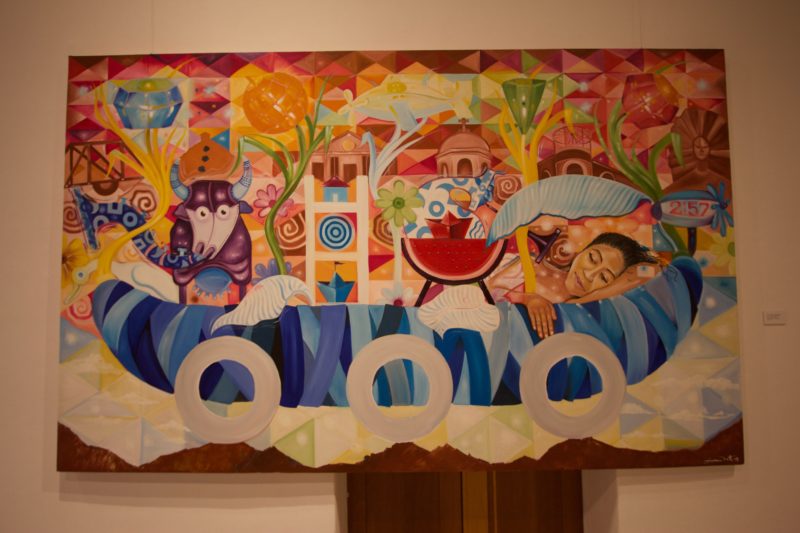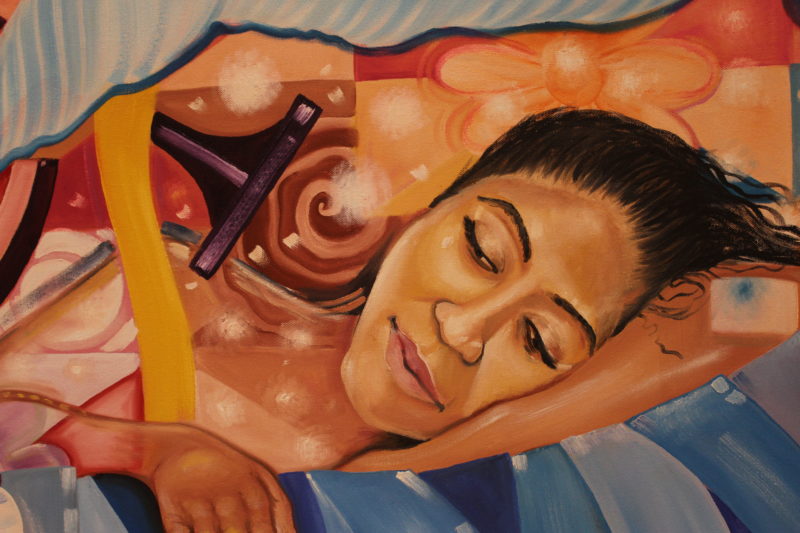Del Temblor al Arte
Del Temblor al Arte
Artists’ responses to the earthquake in the Isthmus of Tehuantepec are a perfect example of how art can contribute, in an extreme situation like the one triggered in 2017, to expand community awareness by leveraging the potential of local culture.
Antonio Moya-Latorre
PhD Candidate in City and Regional Planning / Cornell University
Architecture & Music / www.amaseme.net
Photo credits: Sandra Fernández & Marco Antonio Peralta Velasco.
That night, when the earth shook, thousands of stories where buried under the rubble of what had once been the homes and spaces of entire communities. The setting of their lives and their dreams laid in ruins. The balance of those events were broken families and thousands of destroyed homes. A devastated heritage became coupled with the absence of coordinated emergency plans, which left the vital and emotional needs of a population in crisis unattended by authorities. In addition, beautiful works of art, beloved among the people of the region, were partially or totally destroyed, taking with them a priceless part of the history of the Isthmus of Tehuantepec, in Oaxaca, a state in the heart of Southern Mexico.
Immediately after the earthquake, the community of artists from the Isthmus, as well as from other regions in Oaxaca and Mexico, mobilized to help those affected by the shocking events coming together to face the disaster. From punctual and spontaneous actions to more organized and long-term activities, dozens of artists have been actively working in the affected towns since then to respond to people’s emotional needs. With their art, these individuals and collectives have been able to fill some of the emotional gaps that needed to be addressed for communities to heal and rebuild their lives beyond the physical reconstruction of their towns.
There were diverse cooperative responses to this emotional reconstruction. Multiple artistic activities were carried out where everyone could participate and overcome the initial moments of anguish. Some artists chose to help reactivate the local economy through the donation of tools for people to resume their work and some more used collapsed walls and streets as canvases to express messages of emotional support. Other artists cooperated through the donation of works. The earthquake had also triggered a new wave of art, knowledge, and reflection.
This collective effort is making the culture of the Isthmus shine, perhaps more than ever. As a whole this experience is a valuable example of how, in some way, disruptive and traumatic events like the 2017 earthquakes, not only generate pain and chaos that negatively affect community routines. Urban traumas of this caliber also reveal the existing potential of cultures like the Istmeña to overcome and reinvent themselves. The ground of the Isthmus was opened, and through the cracks, the best art of the region also emerged.
The collective action of these artists is contributing to the reconstruction of the Isthmus of Tehuantepec beyond purely physical and material aspects. We are witnessing once again how art proves to be an effective means both to express how the community is feeling and to generate cohesion among its individuals. It even encourages conversations around certain entrenched practices in the community that can and should be questioned—there is no art without self-criticism. The artists’ responses to the earthquake in the Isthmus of Tehuantepec are a perfect example of how art can contribute, in an extreme situation like the one triggered in 2017, to expand community awareness by leveraging the potential of local culture.
“Del Temblor al Arte” was an exhibition in Casa de la Ciudad (Fundación Alfredo Harp Helú Oaxaca) that brought attention to these unprecedented artistic responses. Continuing with the project of an Art Catalog that was produced during the Spring 2018 seminar at the Harvard GSD “Beyond Reconstruction” seminar, the exhibition in Casa de la Ciudad (along with the publication that was released by the end of the year) consisted of a collection of some of the most inspiring artistic experiences that are contributing to the emotional reconstruction of the Isthmus of Tehuantepec. Together, these works generated an alternative narrative to the usual reconstruction processes that typically leave the emotional needs of the affected populations unaddressed. “Del Temblor al Arte” claims, in short, the enormous emotional resilience of the communities in the Isthmus of Tehuantepec—a region built from the millenary force of its culture.
